Top tips on how to best serve your wine
- Categories :
- Wine
- Wine News
- Enjoying Wine
- Gourmet Odyssey
- Champagne
Which wine glass to use?
A crucial choice, which glass for which wine? It’s not a simple question because there are more than 120 different types of wine glass to choose from. Here are a few tips from Gourmet Odyssey to help you.
• Which glass for your red wine?
The Bordeaux wine glass (or tulip glass) is a large and fairly tall glass, tapered and more flared at the bottom. Bordeaux wines are often tannic and powerful, needing time to open up. The tulip shape of the glass allows the wine to air and soften the tannins.
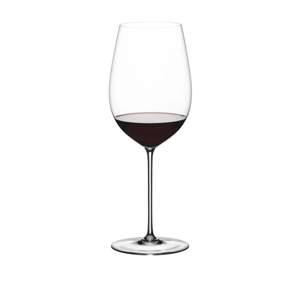
The Bourgogne wine glass is larger and a little more flared, allowing the wine aromas to become more concentrated, and the wine to be aired less. Pinot Noir, the grape varietal used for Burgundy red wines, doesn’t generally need much airing, or else it loses some of its character.
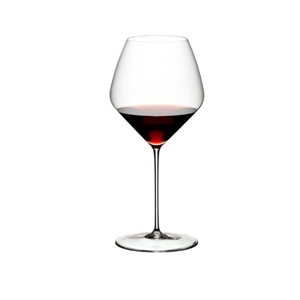
As a general rule for red wines, opt for curved glasses with a slightly closed rim that will help to accentuate the aromas. They will work with most wines and so you won’t need to buy lots of different sets of wine glasses.
• Which glass for your white wine?
Serve your white wine in a smaller glass than your red wine. If your glass is too big, lighter and more easy drinking white wines will lose their intensity. But the glass shouldn’t be too small, or all the aromas won’t be able to be liberated. The main tip is to choose a conical shape, which will intensify the aromas and reveal the colour of the wine. More complex and full bodied white wines, like those from Burgundy, need more space to develop.
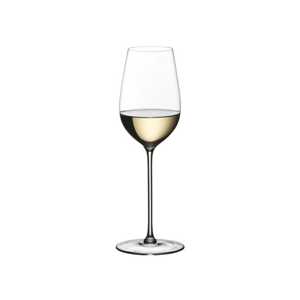
• Which glass for your champagne?
The champagne flute is the most common glass for drinking champagne. It’s thin bowl limits the loss of bubbles.
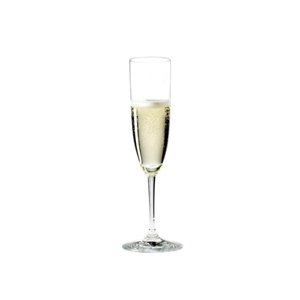
For tasting a very good champagne or one that is very bubbly, it’s best to choose a tulip shaped champagne glass, which will allow you to better appreciate the aromas and subtleties.
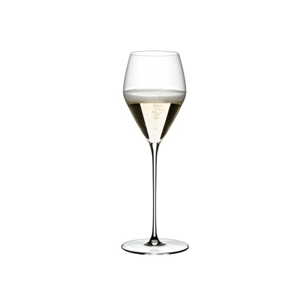
We advise against using a traditional champagne coupe glass, which are flat and wide. Despite their charm, they don’t give the best tasting experience as the bubbles and aromas quickly dissipate due to the shape.
• Which is the best glass for all wines?
The INAO glass is the best glass to use if you had to choose just one! Smaller than a tulip glass, but with the same shape, it is used by wine professionals for tasting sessions. It is perfect for concentrating the aromas quickly due to its smaller size, and the rim that tightens at the top of the glass. You can use it to taste white, rosé, red or sparkling wines with no problem.
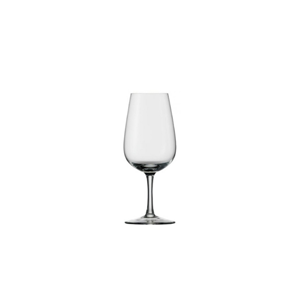
Last tip for choosing your wine glass:
Pay attention to the thickness of the glass, as it will impact the temperature and the taste. A glass that is too thick can quickly warm the wine or cause condensation to form. Thinner glasses also give a nicer feeling on the lips.
What temperature to serve your wine at?
The second factor to take into account when tasting a good bottle is the temperature of the wine. The temperature is very important because it will influence the sensation you feel on your palate, and varies depending on the type of wine.
• At what temperature should you serve red wine?
If a red wine is served too cold, the tannins will lack smoothness. Above 20°C, the taste of the alcohol takes over, and the wine becomes unbalanced.
To truly appreciate a red wine, it’s preferable to serve it a little on the cool side, bringing more lightness to the wine. The right temperature for a red wine is somewhere around 14°C for a light and fresh wine, and 18°C for a more powerful wine.
• At what temperature should you serve white wine?
If a white wine is served too warm, the acidity will be overemphasized on the palate. Inversely, if it’s served too cold, we won’t be able to appreciate all its potential.
For white wines, they shouldn’t be served too cold, never below 8°C, or too warm, never above 13°C, so as to keep the acidity of the wine well balanced.
The livelier and drier the wine, it’s better to serve the wine slightly on the colder side, between 8 and 11°C. For more full bodied white wines, you can serve them between 11 and 13°C. It’s also worth noting that for white wines, it’s better to fill the glass a maximum of a third full and to serve again if needed to keep the wine cooler.
• At what temperature should you serve champagne?
The ideal temperature for serving champagne is between 7 and 8°C. Champagne warms quite quickly in the glass, and so should be drunk between 8 and 10 °C, the ideal temperature for appreciating all of the aromas.
If your champagne is drunk too cold, you won’t be able to detect all of the aromas, and if it’s too warm, the bubbles will seem less lively.
Should you air your wine?
A common misconception is that old wines should be carafed to air them. In fact, this is better advice for young wines, particularly red wines. Young white wines could also benefit from being aired. Airing allows the wines to open up and dissipate unpleasant aromas or tastes.
However, be careful with older vintage wines, as they are more fragile and should be handled with care. They should be tasted first to determine if they need a little airing or not.
To air a wine, you have the choice of opening it several hours before drinking, or to pour the wine into a carafe.
You now know a few more tips on how to get the best out of your wines. Over to you to dazzle your guests!Comments
No comments.




